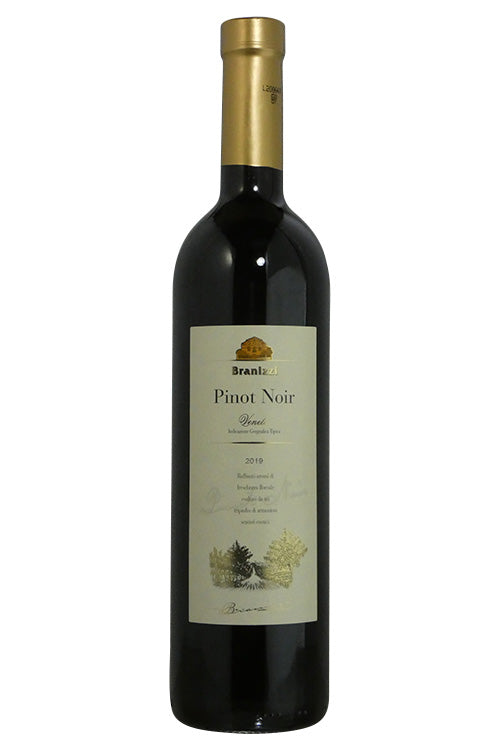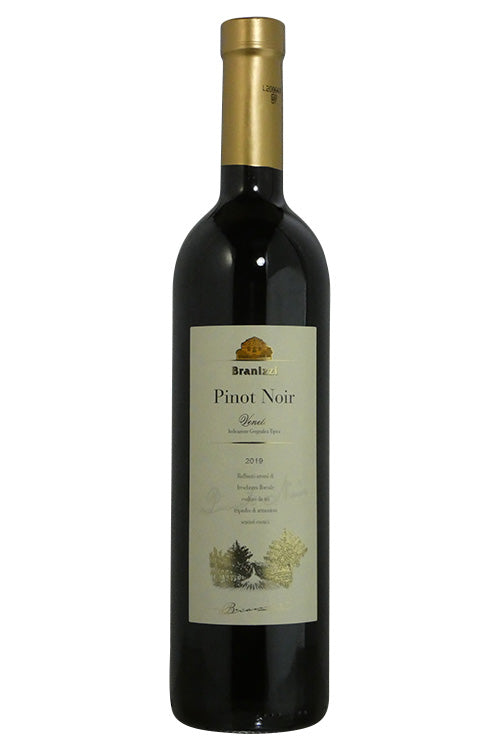1
/
of
1
Branizzi Pinot Noir Veneto - 2021 (750ml)
Branizzi Pinot Noir Veneto - 2021 (750ml)
Regular price
$12.99
Sale price
$12.99
Regular price
$12.99
Unit price
/
per
Availability:
30 In Stock
$25 Shipping on Orders +$299
Couldn't load pickup availability
Share :

- varietal
- Region
- Type
- Reviews
Pinot Noir is responsible for some of the world’s finest wines. Famed for producing the red wines of Burgundy and the Côte d’Or in particular, it is now widely grown in cool climates across Califonia and Oregon, and with increasing success in New Zealand. Although typically used to produce varietal wines, Pinot Noir makes a significant contribution in the wines of Champagne, where it is vinified as a white wine and blended with Cardonnay and Pinot Meunier. On the whole, fresh summer fruit of strawberries, raspberries and red cherries tend to be the identifying qualities, however richer versions express darker fruit including black cherries (kirsch), cherry cola, leather and violets to name a few.
Located in central Italy, the Abruzzo region (sometimes called “Abuzzi”) is characterized by its mountainous landscape and moderate climate. Despite the rugged terrain, Abruzzo produces nearly twice the amount of wine than neighboring Tuscany. Major Abruzzo varieties include the red Montepulciano grape, along with the white Trebbiano d’Arbuzzo and Trebbiano Toscano grapes. The Montepulciano grape, not to be confused with the region in Tucany, is known for producing deep, tannic wines with relatively low acidity levels. Trebbiano d’Abruzzo wines are dry and offer subtle fruit, delicate bouquets and refreshing acidity. Traditionally wine from Abruzzo had been mass produced by co-operative wineries, but the region has recently shifted toward boutique production and is receiving increasing recognition for their wines.
Red wine is wine made from dark-coloured grape varieties. The color of red differs based on the grapes variety or varieties used.
Interestingly, black grapes yield a juice that is greenish-white. The actual red color comes from anthocyan pigments (also called anthocyanins) from the skin of the grape (exceptions are the relatively uncommon teinturier varieties, which produce a red colored juice). Most of the production centers around the extraction of color and flavor from the grape skin.


